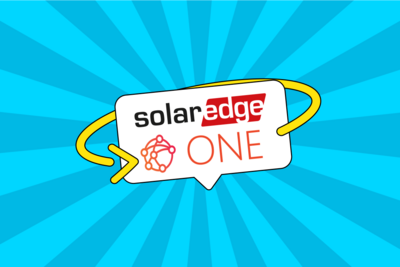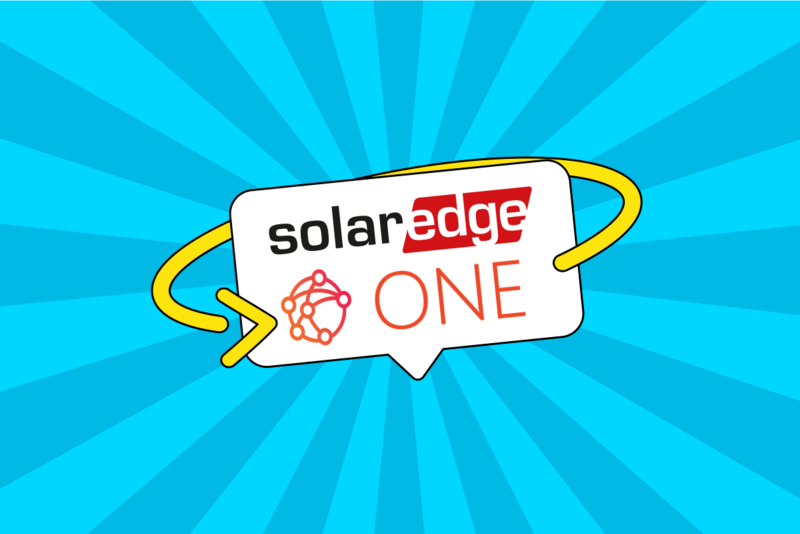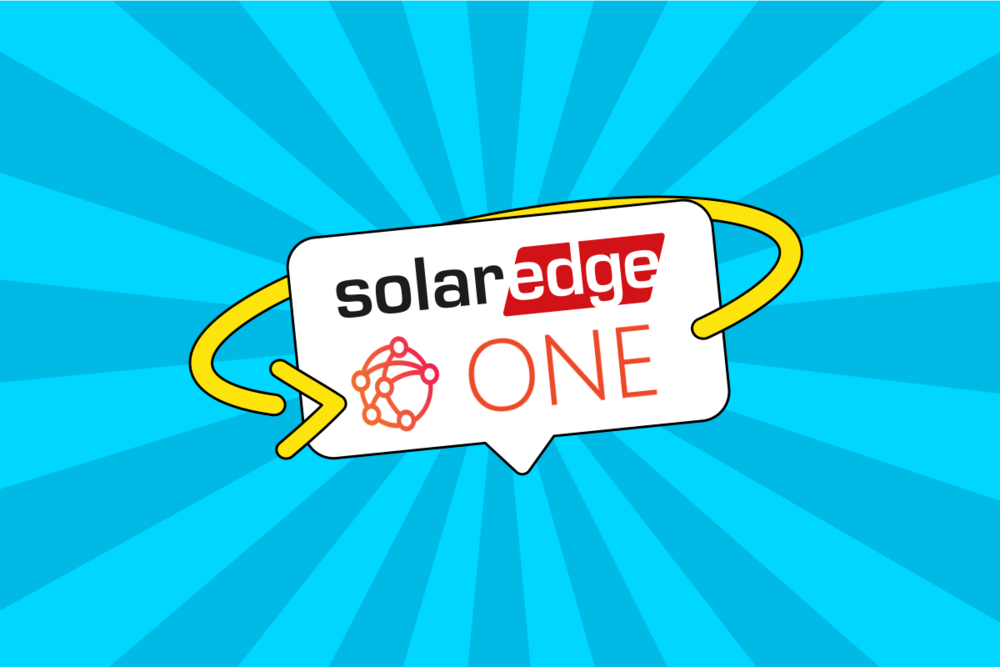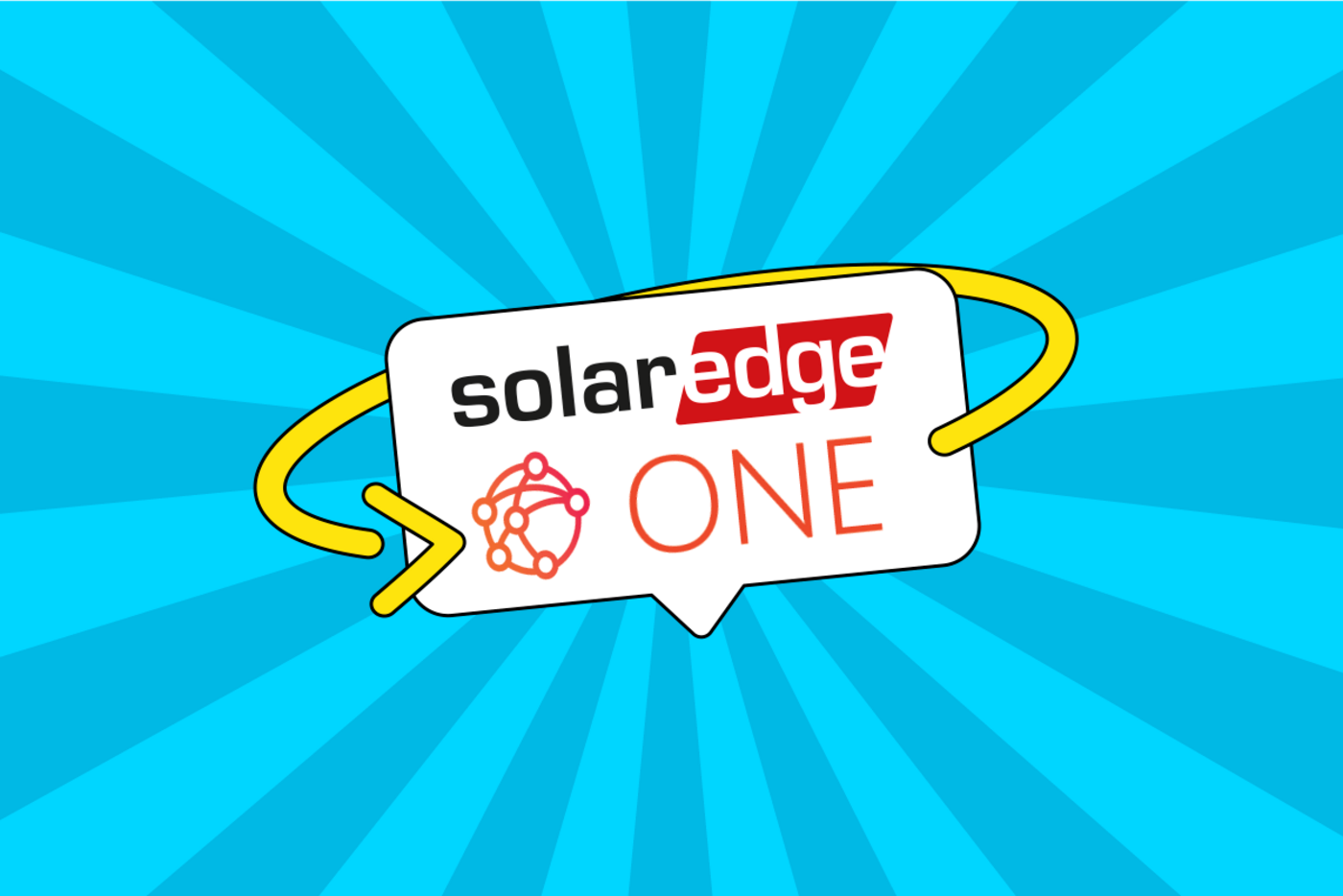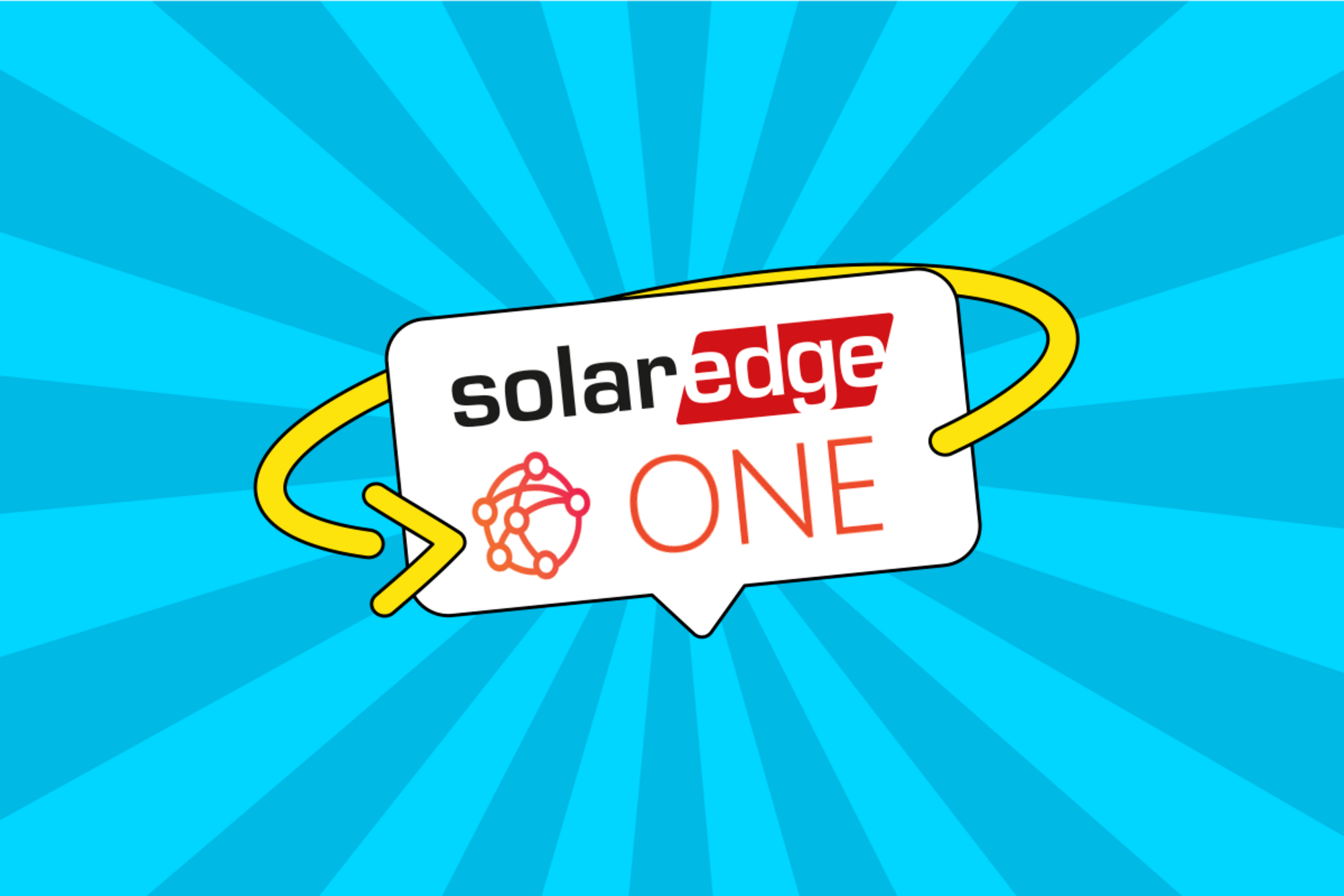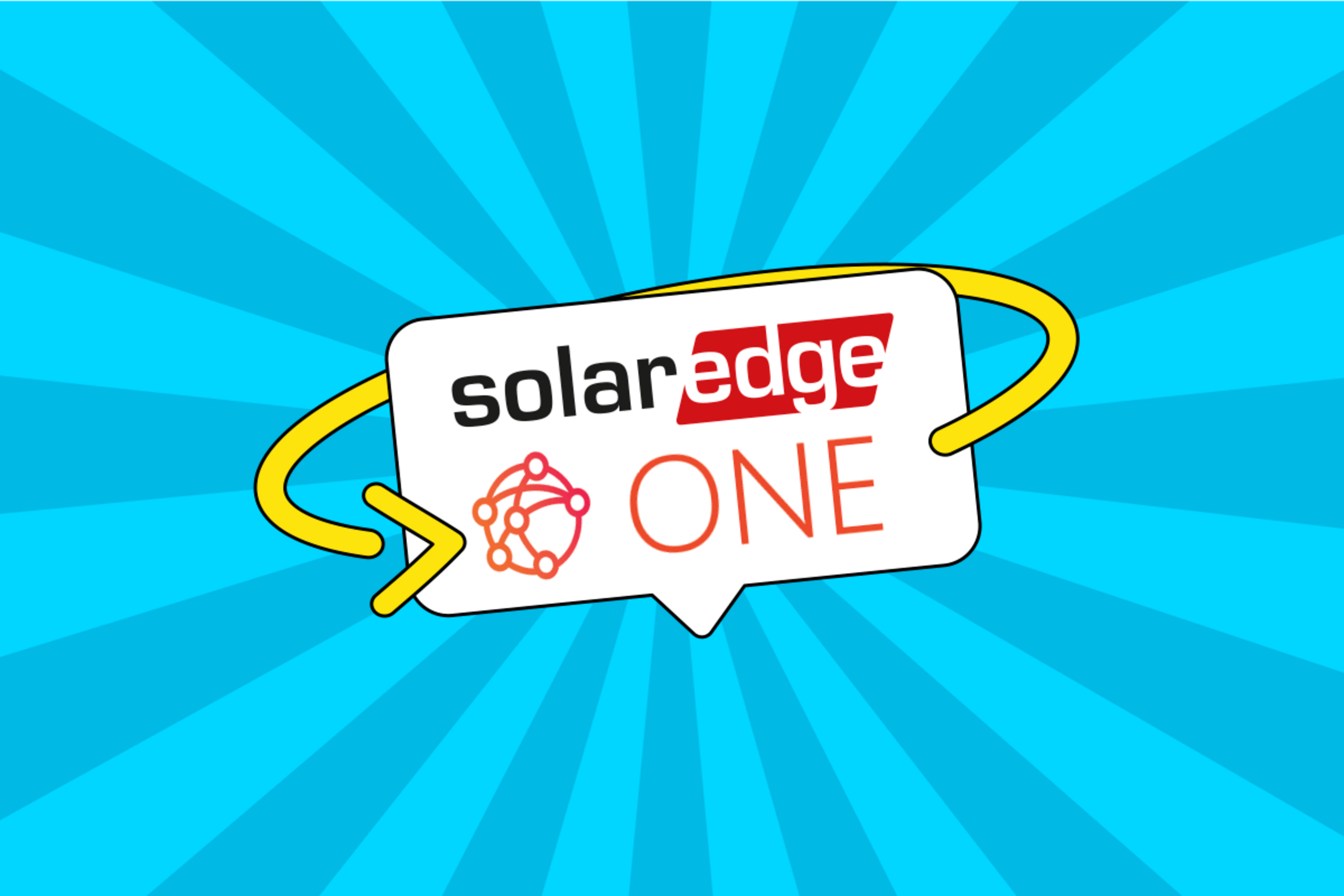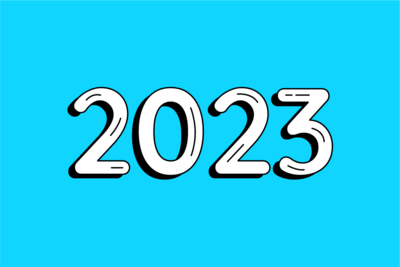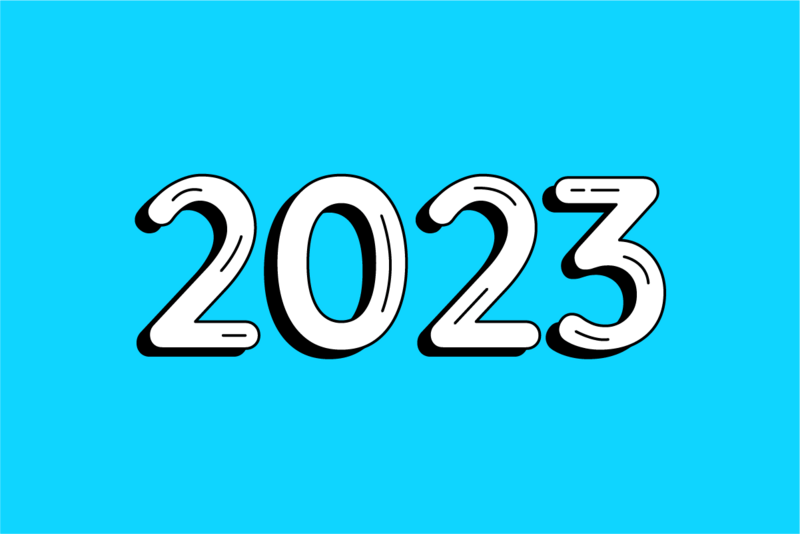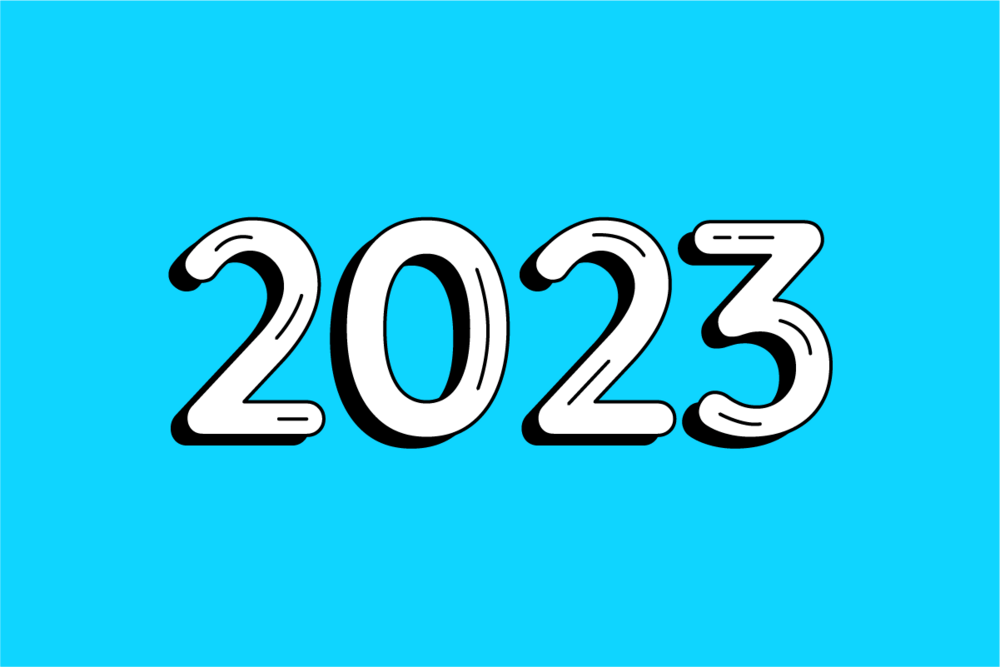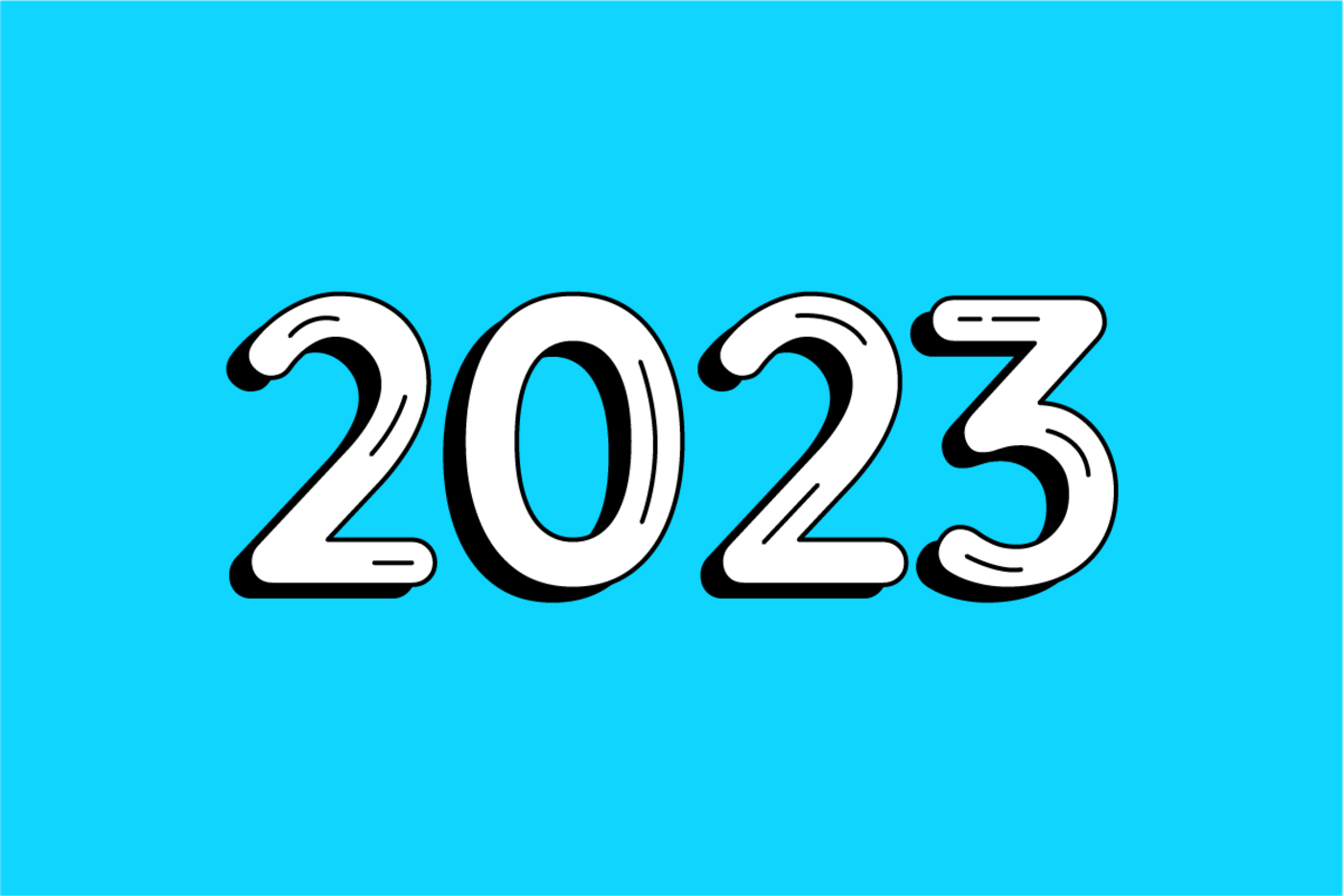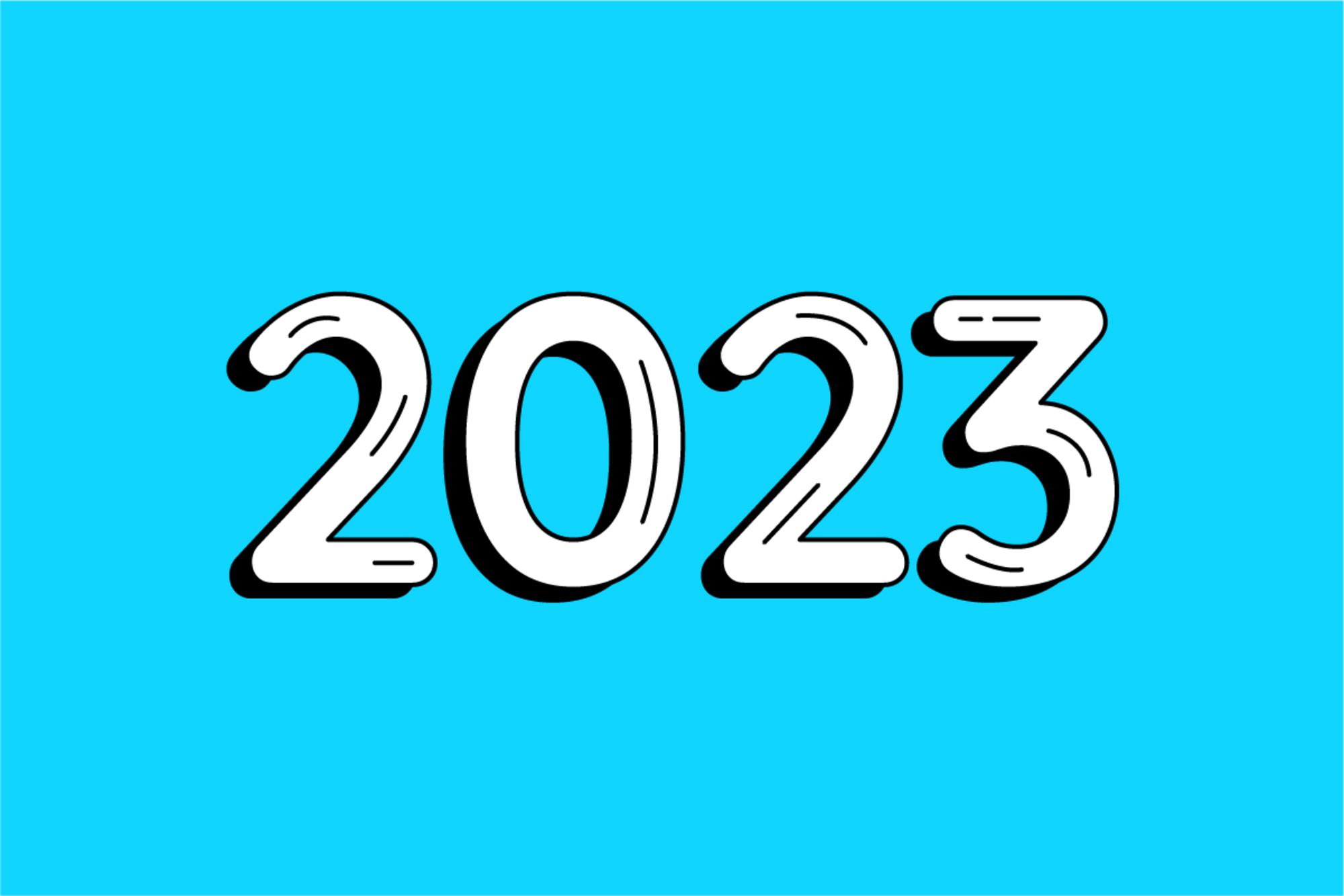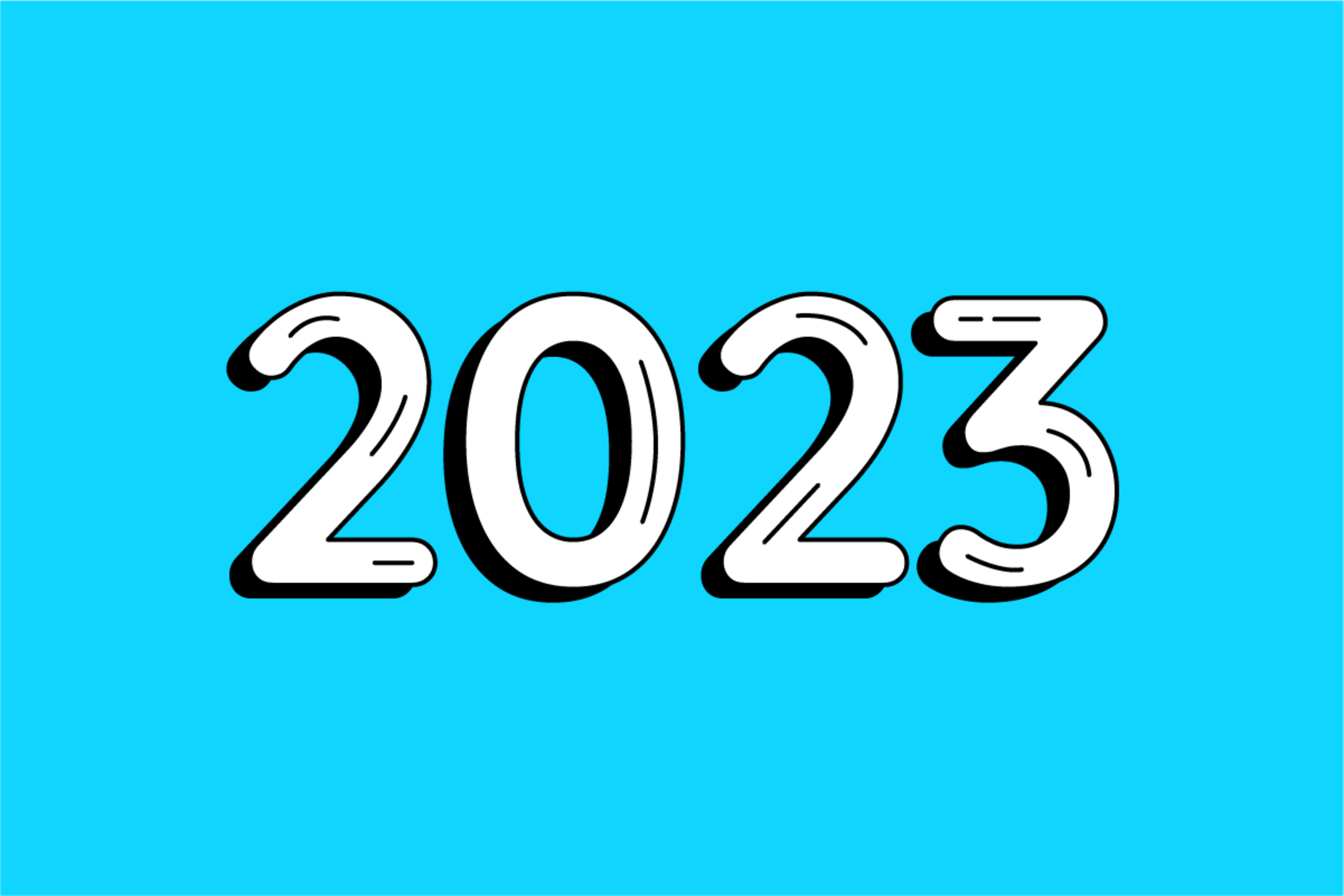What? Why? And how to manage? The current PV market situation

The world is upside down at the moment. Some of the biggest challenges that we are facing are raw material shortages, disrupted supply chains and rising prices. What can be the reasons? And what can we do to cope with this situation?
What is happening currently?
Prices for solar modules, electricity storage, mounting systems, PV accessories and many other products are significantly rising right now. There is a supply shortage of many components. On the other hand, the demand for PV systems is booming like never before. There are frequent delivery delays and disrupted supply chains. Overall, the situation seems very opaque, difficult to plan and can turn 180 degrees within hours.
Why is it so?
One thing alone would probably not be a cause for these problems, but several factors together have led to this situation we are currently in:
Difficult component availability and material shortages. Especially in the production of semiconductors, network components and chips, there have been considerable shortages for quite some time. The consequences are rising prices and sometimes very quick shortages. In this race for available quantities, manufacturers from the PV sector are competing with the automotive sector and many other large industries.
The Corona pandemic is not over yet. Although many corona rules are currently easing, hotspots are still emerging. A substantial number of people are still on sick leave. Thus, affecting the logistic processes of freight forwarders, ports, and transport companies. In China, due to the high incidence rate government has reacted with strict lockdowns. In some cases, production and ports have come to a complete standstill. This has ultimately put the supply chains under enormous tension and delivery delays are now the part of everyday operations.
Rising energy prices. Ukraine war and the sanctions against Russia also have a direct impact. Large quantities of products made of aluminium as well as nickel and copper come to the EU from Russia. In addition, Russia is one of our key providers of natural gas, coal, and oil. The prices for gas and oil are skyrocketing right now. Thus, increasing a demand for renewable energies as a way out.
Apart from this, climate change has also contributed to the growing demand of renewable energies, thus resulting quick supply shortages.
How can you deal with it?
The situation is tense, but not hopeless. We recommend you to:
- Revise your portfolio and, if necessary, reposition yourself more broadly.
- Always be open to available alternatives and reserve a space for them in your offers.
- Build up small stocks for important components.
- Plan and order your quantities early considering the longer delivery times and short-term delivery delays.
- Consider price increases
- Install in phases and invoice it.
- Inform your customers regularly about the project status.
This challenging situation will continue for some time – but currently we cannot predict when this will end. We and our partners are trying to ease the situation by keeping as many goods available as possible. Therefore, we have already ordered more goods for 2022 than ever before.
Apart from this, we are already planning for 2023. A close exchange with our partners and soon 30,000 m2 of warehouse space will support us in this. At the same time, we need more policy measures to stabilise supply chains and promote local production.
In summary
- The rising prices, supply delays and booming demand dominate the market
- The impact of the corona pandemic, raw material shortages, climate change and the Ukraine war are main reasons behind this
- Our proposed solutions: Stay flexible, prepare for price increases and stock up on key items










